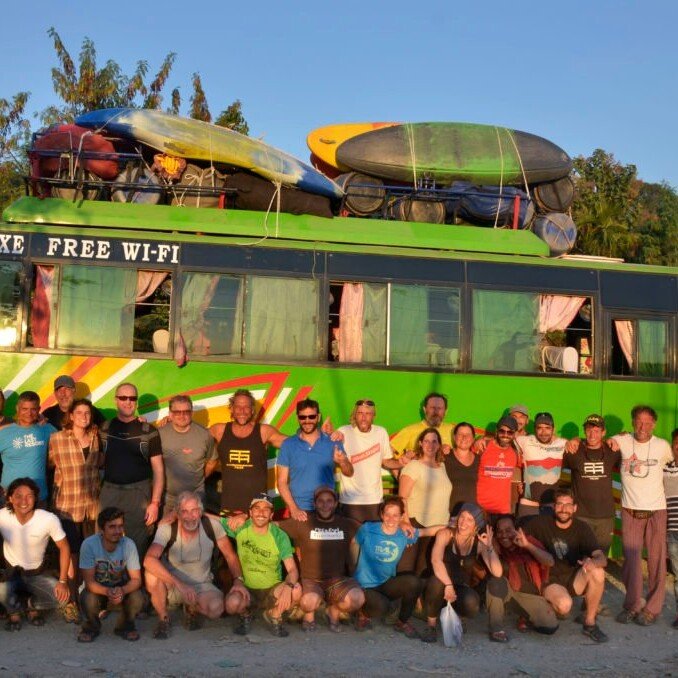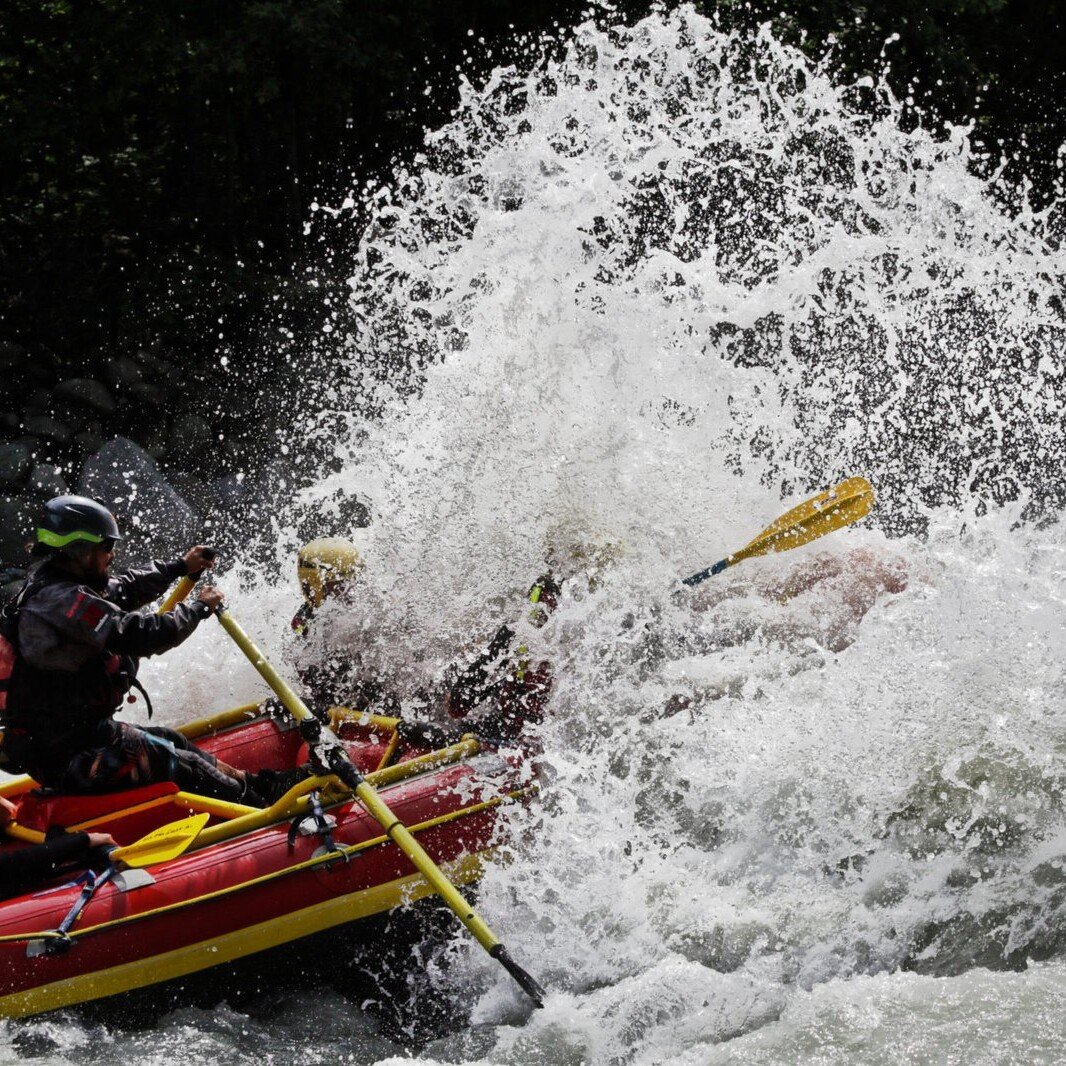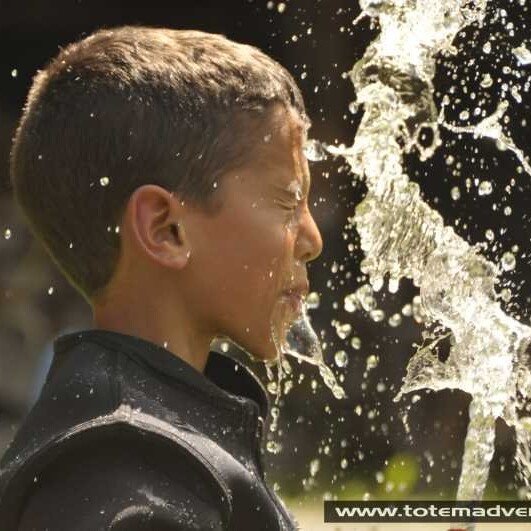Rescue 3: the new WRT Pro technical course for guides, kayakers,...
Alongside the now well-known SRT, the new WRT - PRO course is born: what are the differences?
WRT - Pro -Whitewater Rescue Technician - Professional- (River rescue technician for rough and difficult waters)
WRT - Pro was created specifically for kayakers, rafting guides, canyoning guides and in general for professionals in the river outdoor industry. Recently, firefighters, military personnel and rescue professionals who need to operate in difficult waters have also approached this type of course. WRT operates in grade 3 waters and, if the group permits, in grade 4 passages.
SRT- Swiftwater and Flood Rescue Technician - (River rescue technician for rough and flood water).
SRT is more dedicated to flood rescue and 'rough water', working in 2nd grade river stretches with some 3rd grade passages. (WRT works in 3rd degree waters and if the group allows it 4th degree passages).
Step by Step in safety
In both courses, things are always done in complete safety and you arrive at the 3rd and 4th grades with the right preparation, built step by step during the days of work, without ever taking risks and with a smile.
Rescue 3 - WRT - Prodedicated to rescue professionals:


Rescue 3 - WRT-Pro dedicated to rafting guides and kayakers




Participating in mixed WRTs with fire fighters, rafting guides, canoeing guides is an added value.
With experience over the years, we have learnt that the best courses are mixed courses.
Rescue professionals such as the fire brigade and the military are very well prepared for teamwork, they generally have an in-depth knowledge of equipment but, because they have a very broad spectrum of intervention types, they are less familiar with live water. (they cannot be everywhere).
On the other hand, rafting guides and canoeists have great knowledge of living water because they experience it on a daily basis, but they tend to be poor at teamwork and, alas, nil at working with ropes and knots.
Mountain and canyoning guides have a lot of experience in vertical work, but little confidence in living water. (Mountain guides in particular like to stay dry!)
This is a somewhat extreme generalisation, but three different realities and three different skillsets confronting each other and working in the same environment for 30+ hours can only learn from each other, providing added value to the already rich content of this course.
No pain no gain
It is an old saying, and although it may have a kernel of truth, the philosophy of SAFE® - European River and Flood Rescue School, is to make the participants grow naturally with the river and not traumatically. It is essential to learn how to play and be comfortable in the waves. Only after we have expanded our comfort zone can we think about rescue techniques and equipment.
It sounds very complicated and that it takes a long time. In reality, it doesn't. After 20+ years of teaching with this approach, all of us instructors are still amazed to see the improvement in participants already after the second day!

Seriousness
River rescue is very serious and so are we, but who says you can't be serious with a big smile and having fun? That's what you'll find when you attend our courses. Extreme seriousness with lots of laughter.
See the calendar for the next WRT dates for guides and kayakers.
I want to go back to the official website of SAFE® - Flood & River Rescue Europe.
La Dora: the jewel of the Aosta Valley
November 2, 2021
Totem Adventure expedition in Nepal finished!
November 27, 2017
Get Aboard the Totem Adventure Rafting Express
June 17, 2016
This is the year to go to Nepal
July 13, 2015
Still want to hear from you?
July 2, 2015







